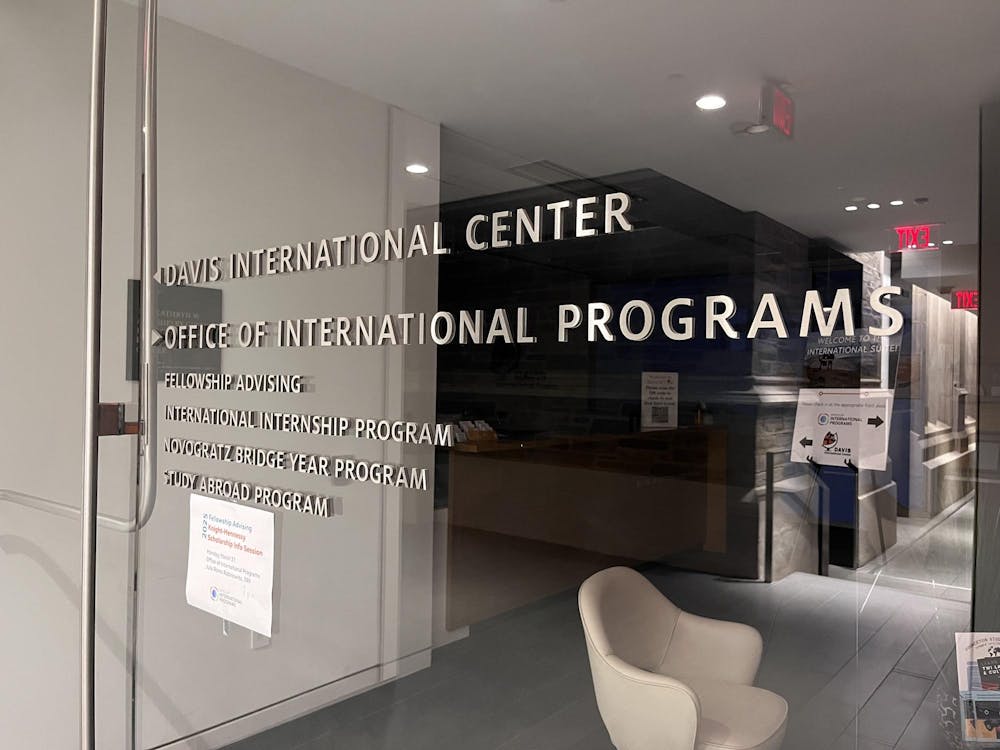The depth and type of marital disruption in the United States differs by race and ethnicity, UCLA professor Megan Sweeney said yesterday afternoon in a lecture in Wallace Hall.
Sweeney's talk, entitled "Racial and Ethnic Variation in Marital Disruption," presented statistics on marital failure patterns in each of America's three prominent ethnicities: whites, blacks and Mexican Americans. Sweeney said that blacks historically have had a separation rate "significantly" greater than whites and Hispanics.
Sweeney said the spouse's background can be an obstacle to marital health.
"A number of elements are at play, and I wouldn't like to privilege one over another, but age at marriage appears to be important, as does poor education, and premarital cohabitation has perhaps the most ... impact."
Sweeney said couples are at a 50 percent greater risk of marital disruption if they lived together prior to marriage. Sociologists have identified three varieties of premarital cohabitation, each with its own risk value.
"Trial marriages," most popular among whites, are a way for people to test their compatibility and can result in relationship insecurity. "Substitutes for marriage," widespread in black and Hispanic communities, usually have high commitments and few separations. "Precursors for marriage" are similar to "substitutes" but have legal expectations associated with them.
"Meanings of cohabitations may tend to differ across racial and ethnic groups," Sweeney said, noting the potential of economic factors and cultural ideologies to predict marital success.
To unmarried black and Hispanic partners, cohabitation is often regarded as a legitimate surrogate for marriage, especially in lower socioeconomic areas.

Researchers have also begun studying the relationship between marriage and one's nativity status, which accounts for an individual's birthplace and accompanying customs.
Nativity status carries substantial implications for the Mexican-American and black populations. The divorce rate among Mexican Americans, 3.1 percent, is determined by averaging the divorce rate of those who were born in the United States, 5.1 percent, and those who were born outside of the country, 1.2 percent. Research into African-American marriages is uncovering a comparable relationship.
Despite the poor state of marital affairs in the United States, Sweeney emphasized that divorce rates have reached a stable level, if not a decline, in the past two decades.
"My impression is that more and more parents refrain from divorce for the sake of their kids," said Joshua Goldstein, an associate professor of sociology at the University. "And really, [divorce rates have] gotten about as high as they can get."








